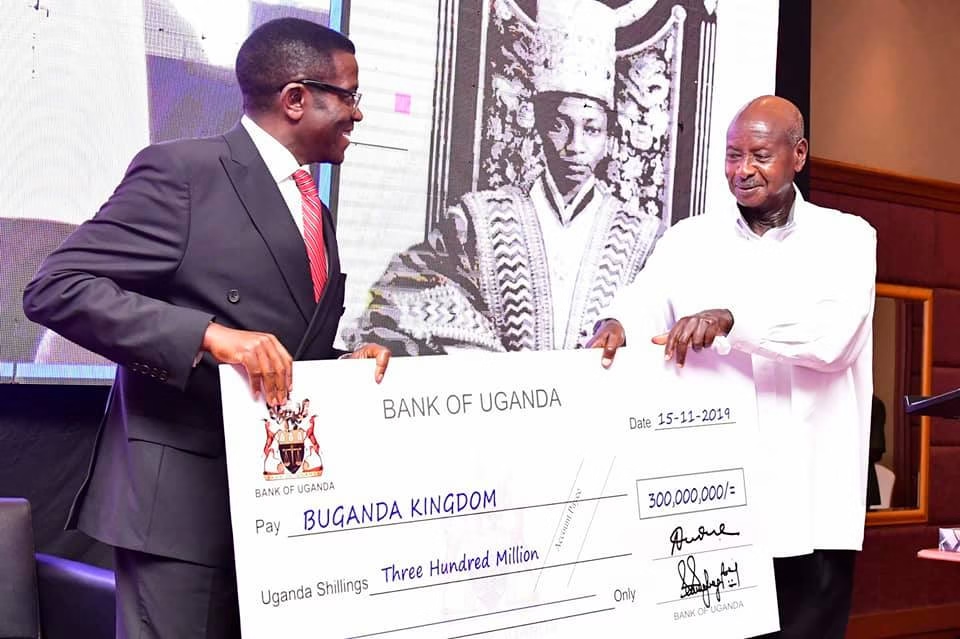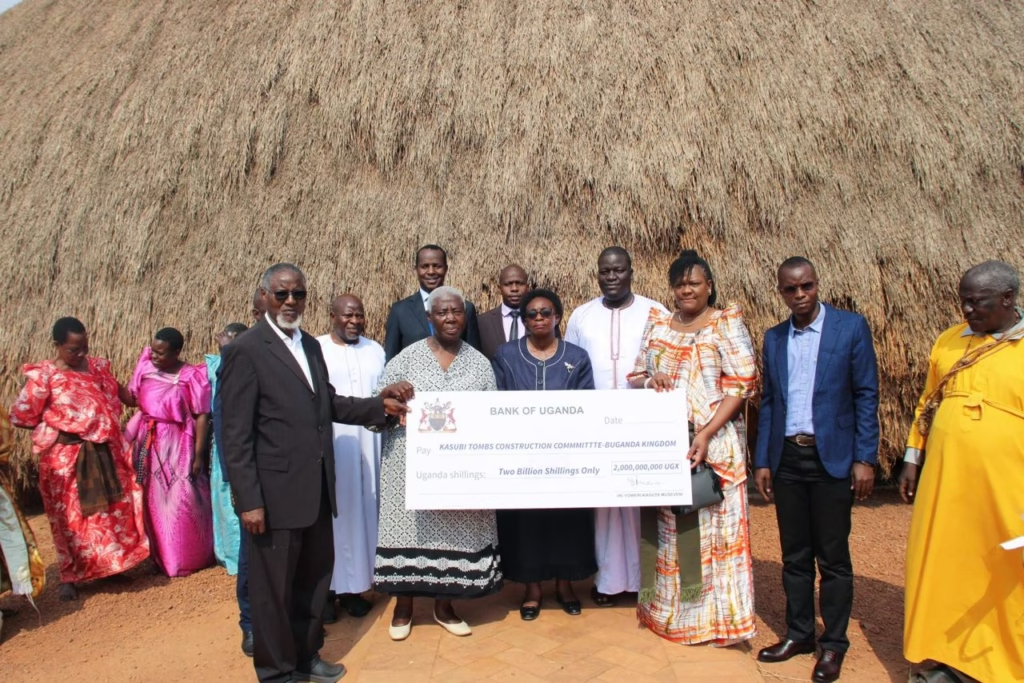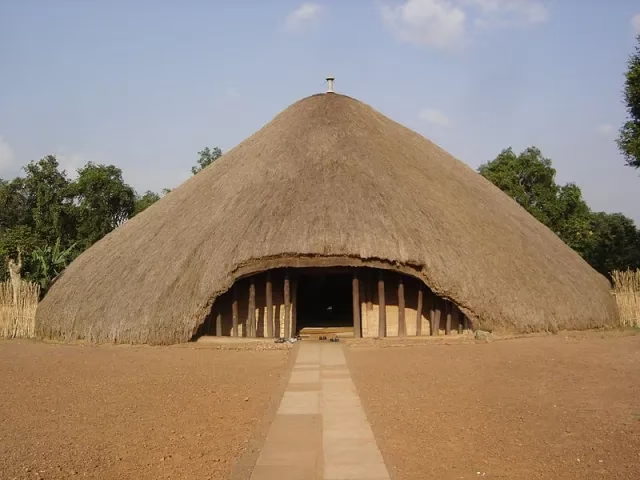On the night of March 16, 2010, a tragedy unfolded on Kasubi Hill — the kind that burns deeper than flames ever could. The revered Kasubi Royal Tombs, resting place of four great Buganda kings, were engulfed in fire. In mere hours, centuries of royal history, sacred traditions, and cultural pride lay in smouldering ruins.
The fire didn’t just destroy a building. It tore through the heart of a people.
These weren’t ordinary graves. They were the spiritual core of Buganda — a World Heritage Site, a symbol of continuity, and a living reminder of where the Kingdom has come from. The loss was profound. And with that loss came a promise: “We shall rebuild.”
In the ashes of loss, Kabaka Ronald Muwenda Mutebi II appointed a man he trusted to lead the Kingdom’s restoration efforts — Peter Mayiga, who would later become Katikkiro (Prime Minister) of Buganda. It was under his stewardship that the now-famous Etafaala campaign was launched — a national and cultural fundraising drive, named after the Luganda word for torch, meant to shine light through the darkness.

People rallied. From market vendors and school children to wealthy donors and the diaspora, contributions poured in. Hope was reignited. The mission was clear — rebuild not just the structure, but restore dignity to the throne and to the people.
And then came an unexpected hand: the central government.
Billions Given — But No Tombs
In a rare show of unity, President Yoweri Kaguta Museveni, through his trusted senior advisor Colonel Prossy Nalweyiso, recently donated over UGX 2 billion towards the reconstruction of the Kasubi Tombs. This wasn’t the first contribution — it added to earlier government support, making the state one of the biggest financial backers of the project.
But this most recent donation came with a sting.
While handing over the money, Colonel Nalweyiso expressed visible shock and concern. She couldn’t believe that despite all the years and all the money, the tombs were still not completed.
And she isn’t the only one asking the question.

The responsibility for this historic reconstruction has largely rested with the Katikkiro, Peter Mayiga, who has been at the centre of the campaign since day one. While he has often spoken proudly of the Etafaala movement, there has been no public explanation as to why — under his direct supervision — the tombs are still unfinished 15 years later.
There has been:
No official progress report
No public accounting of how the funds were used
No revised timeline
And most notably, no apology or explanation to the people who gave their money in good faith
This silence has been deafening — and it has left many feeling not just disappointed, but betrayed.
Today, the Kasubi Tombs remain a ghost of their former glory. Tourists are turned away. Cultural ceremonies feel incomplete. And for many Baganda, the site now represents not heritage, but heartbreak.
The image is haunting: billions donated, presidential support, years of leadership — and yet the tombs still stand behind scaffolding and fencing, waiting for promises to be fulfilled.
There is no denying the charisma and vision that Peter Mayiga brought to the Kingdom. Under his leadership, Buganda has seen renewed energy and innovation. But leadership is ultimately measured by results, and on this most sacred of projects — the Kasubi Tombs — the results are simply not there.
Was the Etafaala campaign just a moment of national emotion? Or was it supposed to be a real, tangible effort to restore what was lost?
Because if it was real — and if the Kingdom meant what it said — then the people deserve answers
The Kasubi Tombs must be finished. Not next year. Not in another decade. But now. And those in charge must speak honestly about:
Where the funds went
What challenges are holding back progress
And when the site will finally be restored
The Baganda people gave generously, as did the nation. The central government has played its part. Now it is time for those entrusted with the reconstruction — including Katikkiro Mayiga — to honour the faith that was placed in them.
The torch of Etafaala may still burn. But it’s flickering. And it needs truth, transparency, and action to shine bright again



